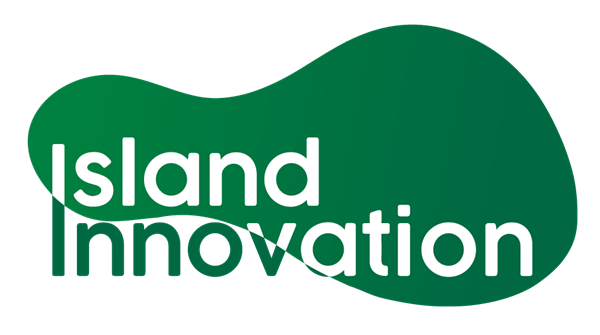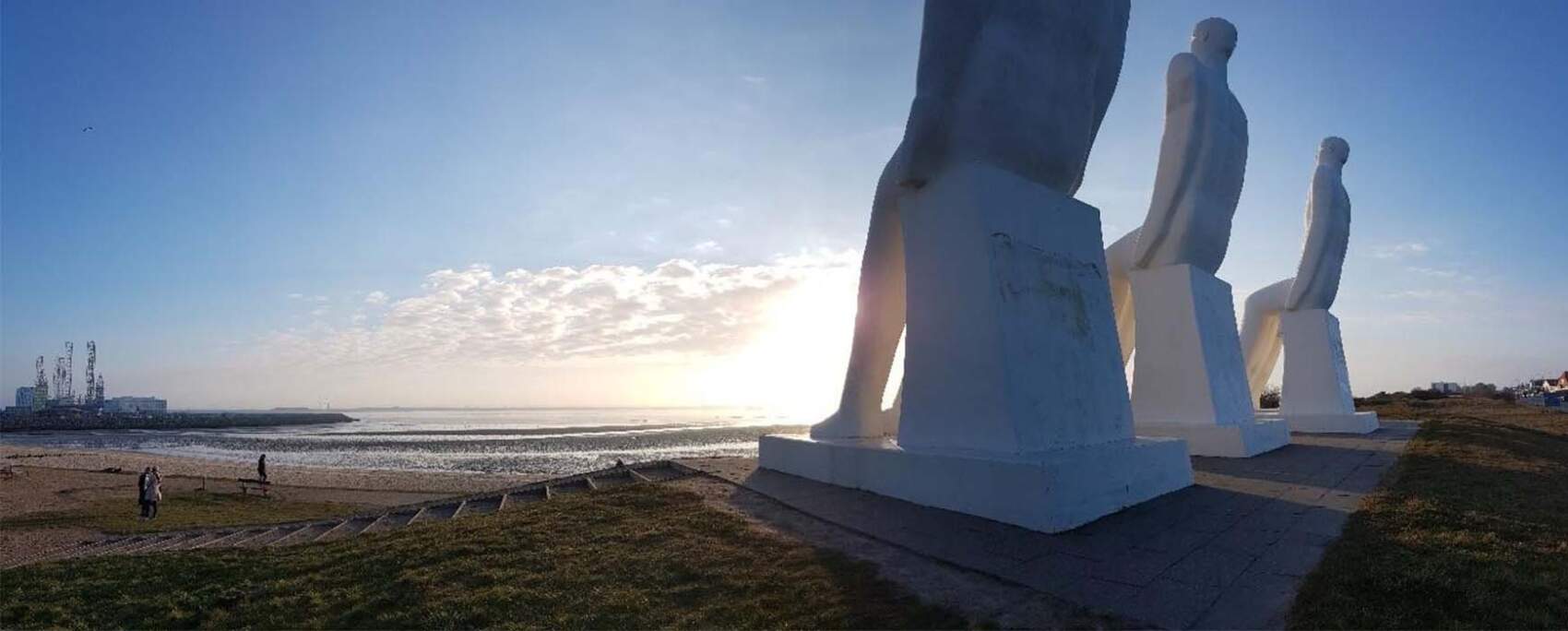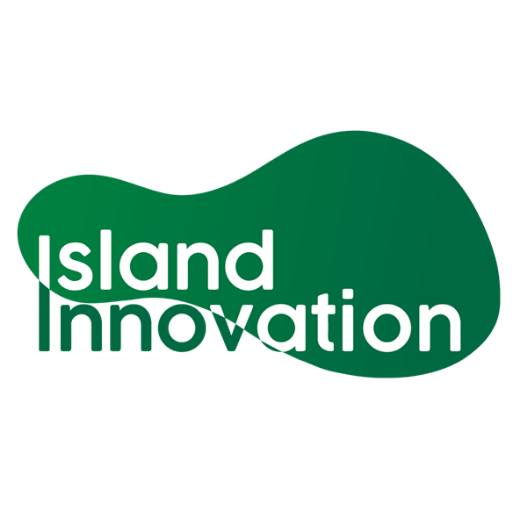An example of the North Sea as an island power hub
Why we should be looking towards the sea
I draw the readers’ attention to the importance of the sea in the current challenges of climate change and energy transitions as part of creating sustainable and inclusive futures – and with it, the role of islands centrally located within. The Paris Agreement requires us to find solutions to increase the share of renewable energy, and people are increasingly looking towards the coasts and seas for this. Not only can sustainable offshore wind, wave, and tidal energy be found and used there, but also other energies, ideas, and innovative practices in coastal regions when rethinking islands.
Islands are too often overlooked
Islands have been places for innovation as well as for demonstration and represent important parts of our society and environment. With 80,000 inhabited islands worldwide representing around 10% of Earth’s population, islands are hosts to many people and even more visitors. Nonetheless, islands tend to be overlooked, resulting in limited recognition of their role when looking at the sea for solutions. Despite many innovations on islands, their representation on national and international levels is limited. Working together with islands is needed for driving sustainable development.
From islands to globalisation
Furthermore, a trend for globalisation and, thereby, cooperation across the sea is recommended to address international challenges. Islands might usually make decisions independently and, sometimes isolated from neighbouring islands and mainland influence. However, islands experience increasing urgency to address global challenges, so collaborations and partnerships beyond the borders are sought for. Whether across the North Sea example elaborated in the following, or the Baltic Sea, the Mediterranean, the Caribbean, or other seas and oceans hosting islands, this collaboration is only found to a limited extent, despite the potential benefits.
Example North Sea – a sea of energy and innovation
In the North Sea region, numerous islands, energies and ideas can be found. Starting with Orkney’s many institutions, looking into the Sea from the Dutch coast, or visiting Denmark with its many renewable islands, a combination of island innovation across the North Sea will not only help in the recognition of islands on regional, but also on international level:
On Orkney, we find the European Marine Energy Centre (EMEC) as well as campuses of two universities and their participation in international projects leading the marine revolution, making Orkney a lighthouse island for Scotland, if not for the UK and elsewhere. (Figure 1 shows the energy the North Sea has around the Orkney islands.) In the Netherlands, we look increasing towards the Sea and find Ameland, the Dutch lighthouse for energy projects, whether with the largest Dutch solar farm (in 2015) or new tidal kites in its surrounding waters. In Germany, one of the only true offshore islands, Helgoland, can be found – already a hub for offshore energy exploration and supporting power-to-hydrogen visions, hosting the first German Island conference in 2019. In Denmark, bordering the North Sea and therefore often included in North Sea discussions, we find not one, but three winners of the European Commission’s RESponsible Island prize with innovation projects ranging from socially inclusive energy community on Samsø, to a first-of-a-kind electric ferry on Ærø, to flexible micro-grid of Bornholm. On Denmark’s west coast, as shown in the header Figure, we also find another sculpture of men meeting the Sea.

Figure 1. The energy around the Orkney islands (private picture)
Where to go from here
Individually, the countries and their islands have already achieved small milestones, yet isn’t there more to explore? Other neighbouring countries, like Norway, have also invested in marine energy centres, or are exploring offshore potentials, if not on real islands, then via platforms or plans for artificial islands, like Belgium. Also the UK, the Netherlands and Denmark have mentioned artificial offshore islands, with the latest developments in Denmark to bring together the ideas and support in a North Sea Energy Island, the first of many in the future power hub of Europe. With a focus on large-scale wind farming and trans-national interconnectors, however, an inclusive collaboration of the Energy Island with islanders across the North Sea is limited.
Power of artificial and real islands
While the artificial islands could include knowledge from the natural ones, island and coastal communities could also be the first to benefit from the power in their backyard – by welcoming and integrating as much green energy into their lifestyle as possible and proving once more that the future can be found here. With trends from cross-border to cross-sector, offshore energy needs to be integrated also on islands, and here we can learn from each other. The heavy-fuel use of marine transport can be addressed with electric ferries, fossil fuel based heating can be replaced by local consumer ownership models, onshore transport can be electrified with electric vehicles, or fuel cell and hydrogen revolutions can fill remaining gaps. The key is to combine the soon to be collected power of the North Sea with the already existing power of knowledge on islands to support the UN sustainable development goals (SDGs).
Collaboration and inclusion
[/vc_column_text][vc_column_text]When seeing islands as the central pieces working together for creating sustainable futures, it could have implications for Europe and beyond, where not only global crises could be addressed, but also remote and island communities receive the recognition they deserve. While we find limited collaborations across islands today, in the North Sea maybe less than in others due to their dependence on their mainlands, a better alignment is needed to achieve the attention and role that islands can have for partnerships promising wider-reaching impacts than individually possible.
The old and the new centres of energy: the sea and its islands
[/vc_column_text][vc_column_text]Historically, islands and seas have been the major trade posts and routes. However, with the rise of industry, the focus has moved towards the mainland, especially in the North Sea countries. This also influences and limits the representation of islands in the North Sea in the global network of island innovation. “They are used to doing things independently. As sub-jurisdictions of larger nations, islands in the North Sea tend to look towards their mainland-based urban centres and capitals. It could be advantageous to look towards the sea and their neighbour islands for solutions,” Hannah Marczinkowski and James Ellsmoor agree at a discussion of the role of North Sea islands in the Island Innovation Ambassador Program (see ambassador map).
Conclusion: Fighting together to create sustainable futures
[/vc_column_text][vc_column_text]With global challenges going beyond individual islands, the solutions can be found when working together, and not in parallel or against each other. It is not a fight of islands against each other, but fighting climate change and energy crises together. Working together with the neighbour islands, creating a stronger position, for example in the North Sea region, finally benefits everyone. There is much renewable energy in the North Sea, and a lot of energy and innovation to be found on islands; it might be time to explore this power of the sea and give the islands power in return.
[/vc_column_text][vc_column_text]Finally, while this is a direct call for North Sea islands to gather and work together, the same can be transferred to further include islands across the Baltic, as Denmark is already connecting to the North Sea Power Hub; or to the Mediterranean, the Caribbean, and others, as an important step to bringing islands back on the agenda across different continents and, eventually, globally.
Or as said with the words of today’s cinematic heroes: Islands – assemble!
Takeaways
- Nations with access to the sea are increasingly looking towards the oceans for innovation and inspiration
- Offshore trends include increased focus on wind, wave, tide, floating options, as well as a variety of innovations found on islands
- Islands are at the front row of climate change, but also those offshore resources, innovation and strong communities, all of which is much needed for a sustainable future
- Collaboration of islands increases their visibility and influence on trans- and international level
- The North Sea region is an example of high island innovation potential with impact on wider European scale
- While North Sea islands should work together more, the same applies to islands in the Baltic, the Mediterranean, the Caribbean, and others
Author details
Hannah Mareike Marczinkowski, born on the German island Föhr, has focused her career on environmental and energy planning on islands. During her PhD, she worked with Samsø, Orkney and Madeira – all great energy islands – and has been actively looking for ways to support island development since. As an Island Innovation Ambassador, Hannah is representing Föhr, but also her favourite Danish island Samsø, while fighting for the role of island energy in the new energy island programme at the Danish Energy Agency.




